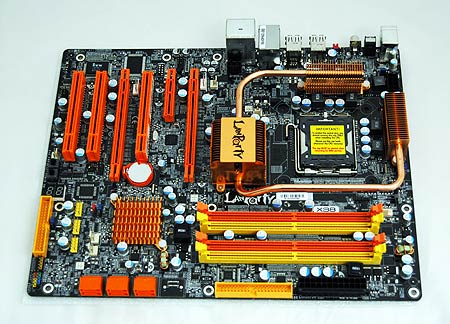

- #Custom desktop frame with built in motherboard how to#
- #Custom desktop frame with built in motherboard serial#
Included in our quote will be the final unit cost as well as development costs (NREs), ordering requirements, and lead-times. Look, if we all could do this you would see projects all over the internet with people 'hey, that guy stuck a Celeron on his line follower robot!'.Connect with our sales and highly experienced product architects to receive an expert consultation in understanding your requirements and incorporating those into a specification document that incorporates the electrical, mechanical, functional, and ID requirements along with budgetary unit pricing and development costs. As I said, pin-outs of some chips or the workings can be proprietary (however I do know you can find the Intel CPU's pin-outs on the internet). Th schematic is just figuring out what the pinouts are, how chips should be interfaces, power supply requirements and practical production requirements. Most of this what I called can just be applied to PCB design. Only in production where ten of thousands are produced, they become affordable.Īnyway, if you intend to learn about the workings of a motherboard you probably should look the theory up of high-speed PCB design such as differential routing pairs and multi-layer routing, multi-phase switch-mode power supplies, phase locked loops, BGA's, power supply decoupling, seperate/local ground planes, and a bunch of other stuff. You also know they are designed with multi-million EDA tools to verify signal integrity, PCB design, etc.? You also know that they are not designed by one person?Īs a one-off these costs not hundreds to produce, probably thousands each (may even be underestimated). You know modern computer motherboards use atleast 8 layers? There are some figures of like 12 or 16 I believe. The DesignSpark toolkit is hilarious for any PCB more than 2 or 4 layers. Where are you going to find the pin-out of a chipset? How are you going to prototype this? Your question of an one-off motherboard an fairly cheaply is a contradiction itself.

Other than that, the exact pin-outs of some chips are hard to get. Even routing boards with these speeds requires a lot of knowledge and know-how.
#Custom desktop frame with built in motherboard serial#
A breadboard will probably 'fall apart' at a couple of MHz (I can't even get my serial port to work at 3MBaud on the heavily used breadboard I got). Frequencies are from 100MHz up to several GHz. Modern chips interface with busses like PCI express or high-speed differential busses. If your goal is to design a modern PC, forget it really. You don't know that none of the components and subsystems is fit for breadboarding.
#Custom desktop frame with built in motherboard how to#
If you would be able to make a digital design at 100kHz you don't know how to scale it to 4GHz. You want to breadboard the design, but you don't realize that you can't even make the system work that way, not even at 100MHz, let alone 4GHz. You don' know what a transmission line is. I mentioned impedance matching, you don't know what that is and why it's important. You don't know how to start a high-speed design, and what kind of pitfalls you'll encounter. You have no clue about design tools: DesignSpark doesn't even get you started. You don't know what components or subsystems a motherboard contains, you only know its mechanical dimensions (fit inside your DIY laptop). That's what an 8 to 12 layer PCB the size of a motherboard costs.

You come up with a price of 400 - 500 dollar for a couple of PCB's, but you don't seem to realize that these are just the PCBs, without any components, and without the cost of the design (which you are going to do). You should learn what's realistic and what's not, and know your limitations.


 0 kommentar(er)
0 kommentar(er)
